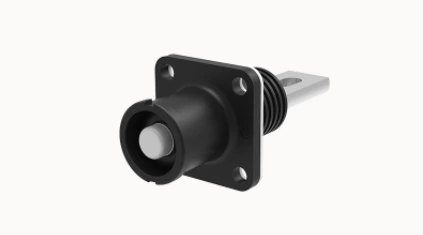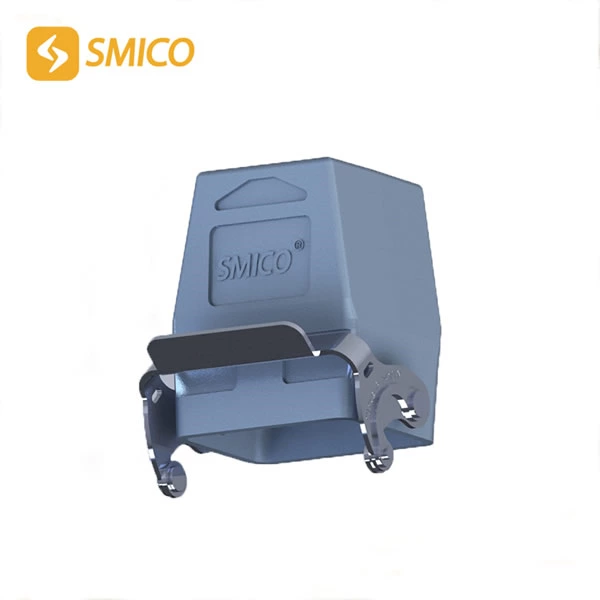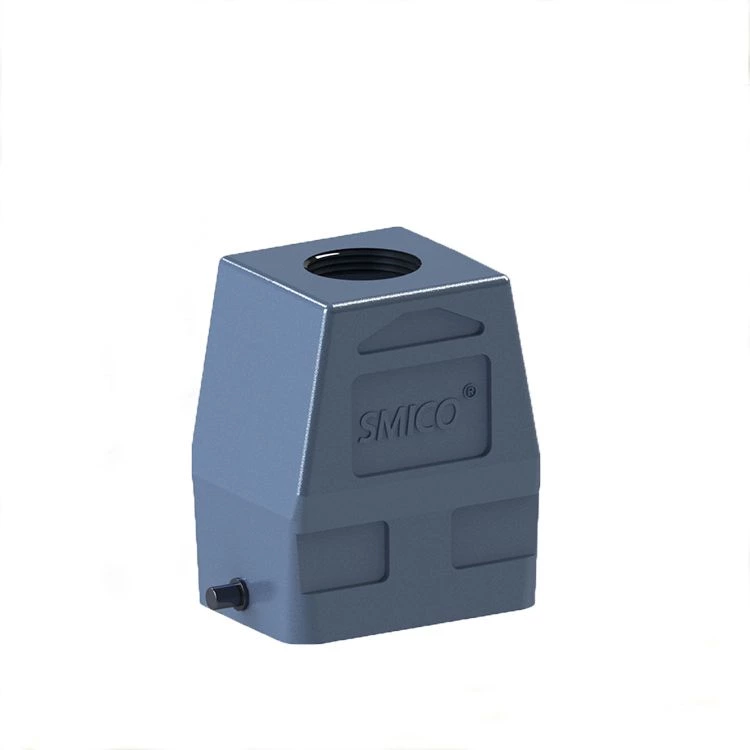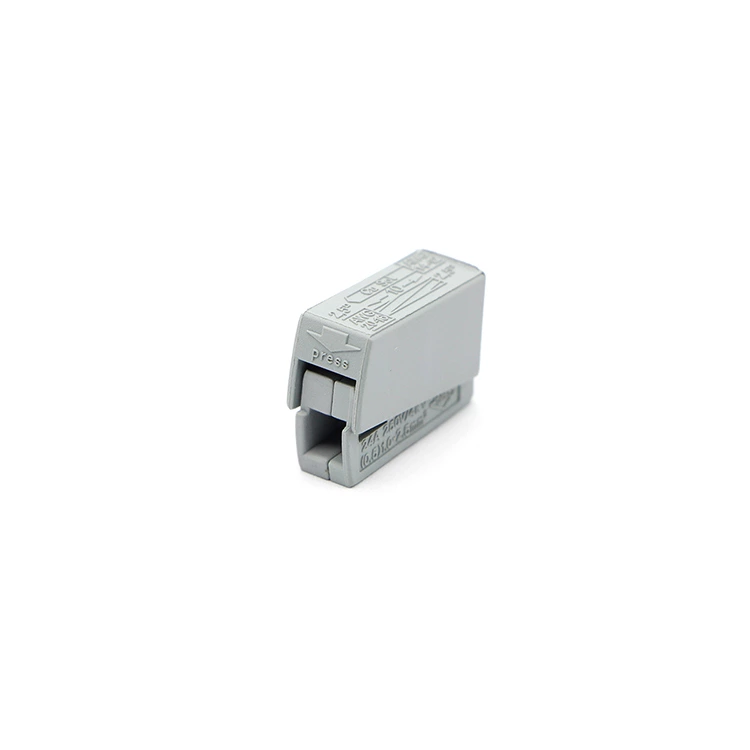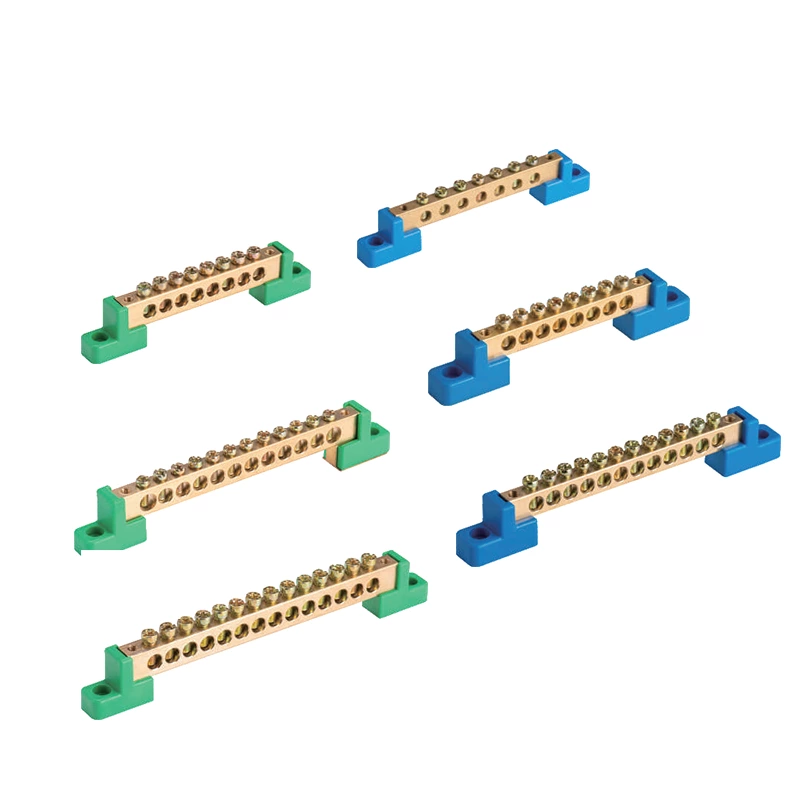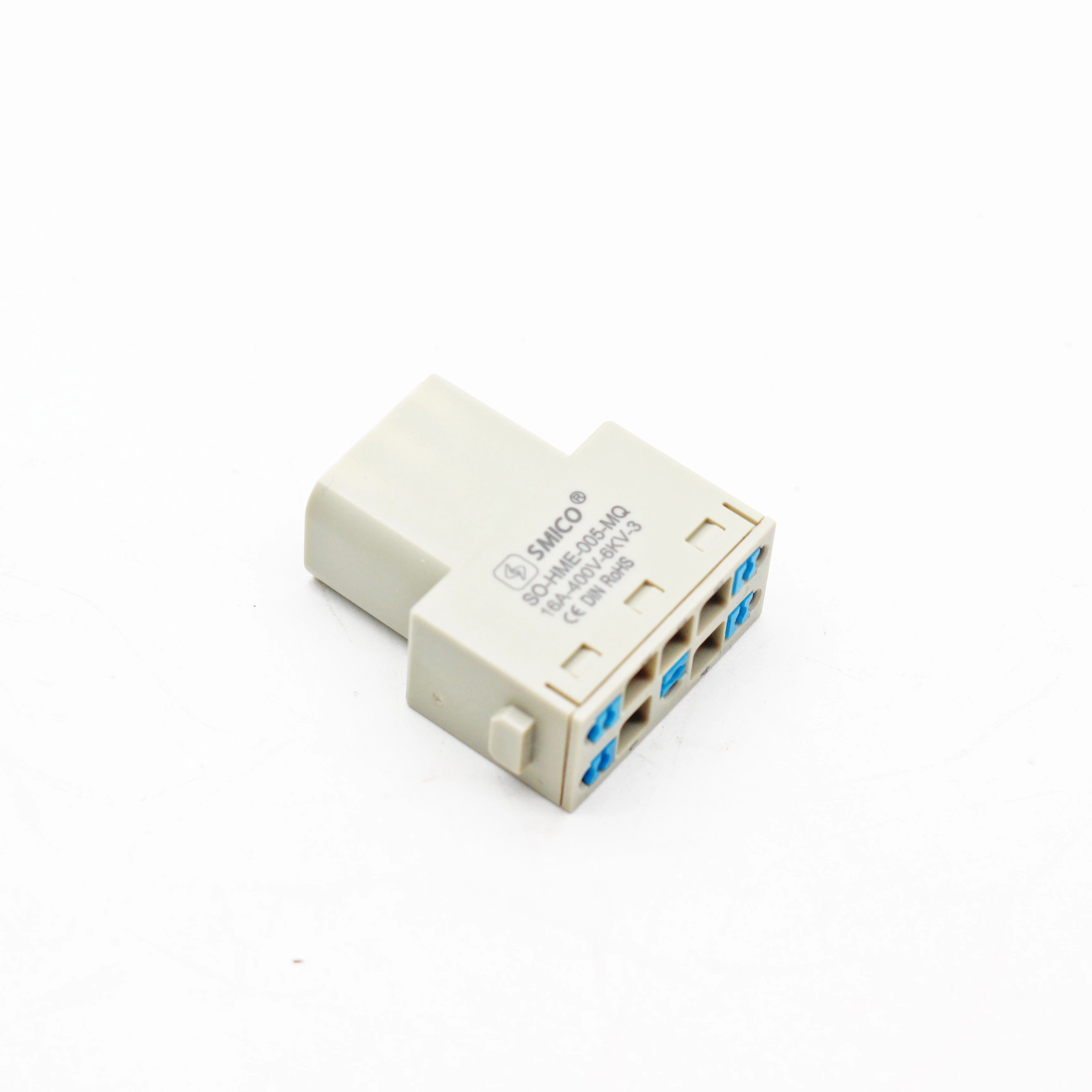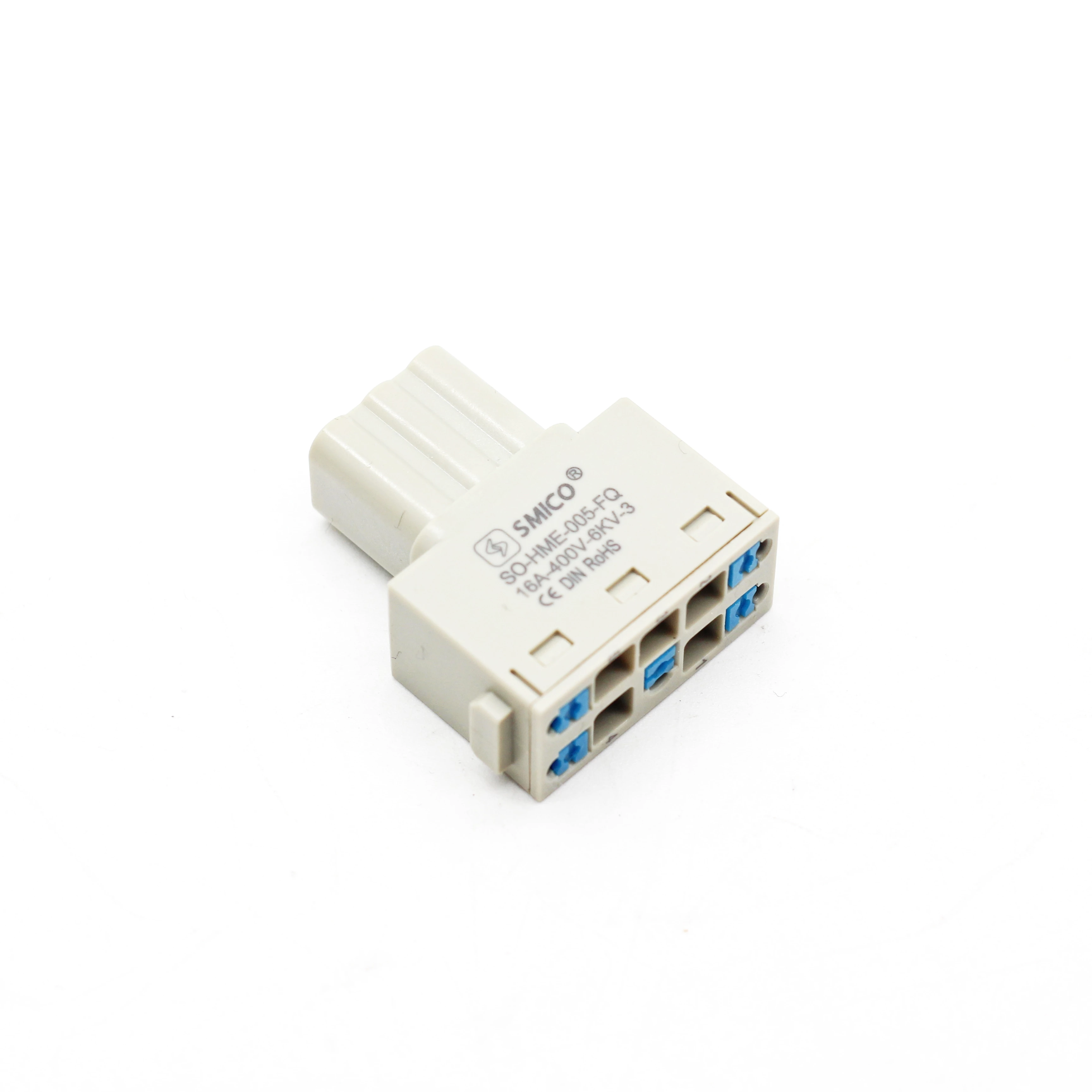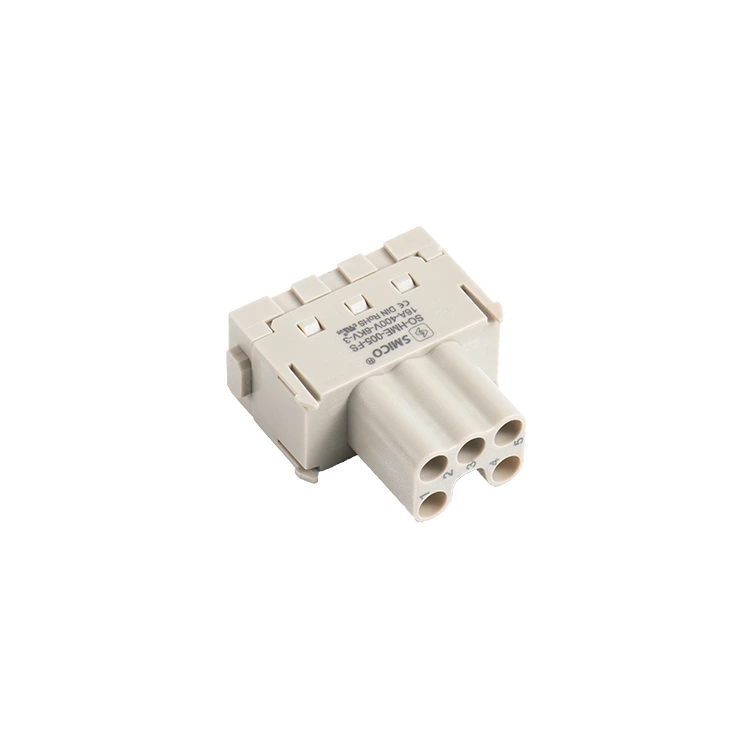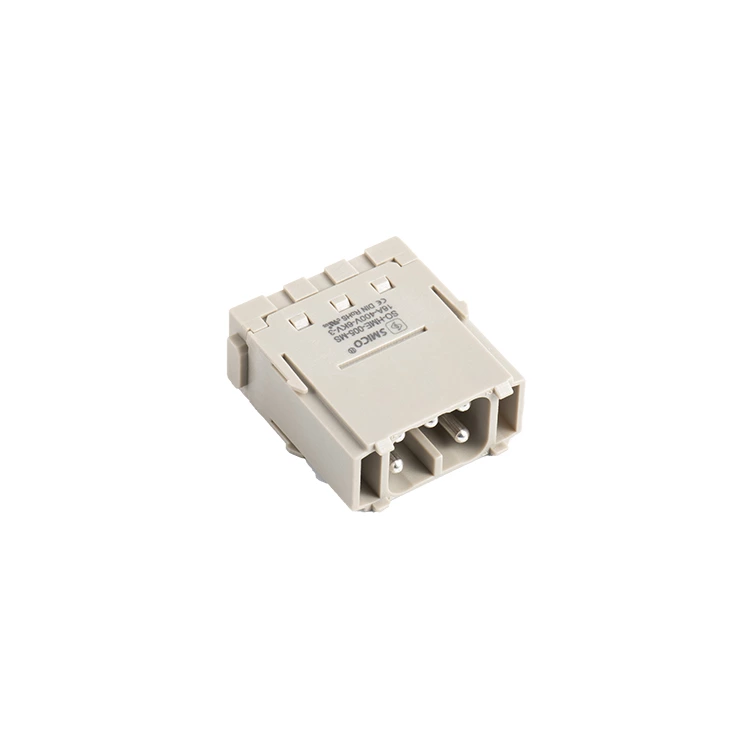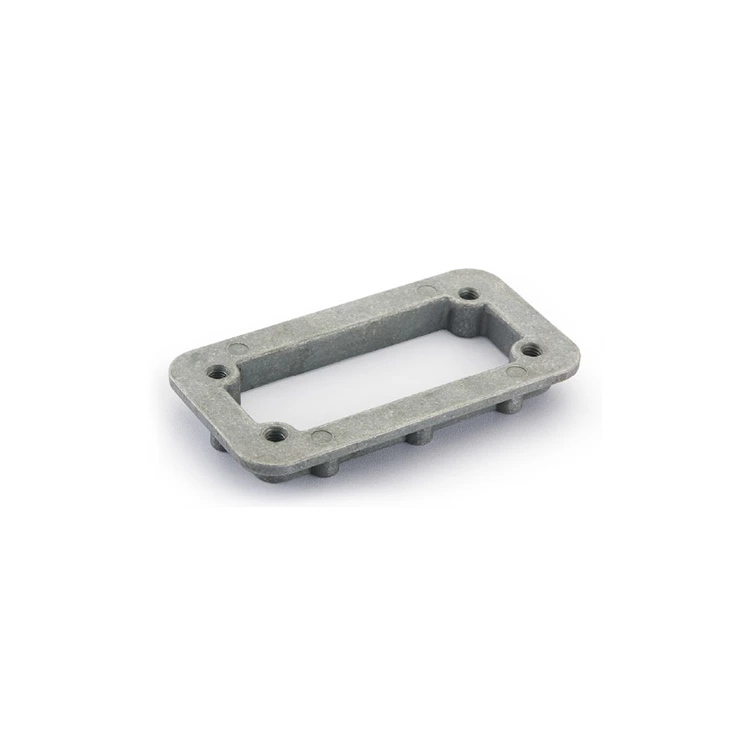Energy Storage Track Falls Into False Prosperity
High lithium prices backfire
The reason for the decline in profitability of the energy storage connector business is mainly due to the rise in battery raw material prices that has continued since last year. In addition to causing cost pressure on battery storage connector companies, it has also triggered a series of negative chain reactions such as price increases for winning projects and forced delays in project construction.
At present, the mainstream quotation range of the domestic battery-grade lithium carbonate market is between 514,000 and 520,000 yuan per ton, with an increase of 95% this year and a year-on-year increase of more than 500%. Affected by this, from the beginning of 2021 to March 2022, the average price of lithium iron phosphate materials soared from 40,000 yuan/ton to 162,000 yuan/ton, an increase of 305%.
A complete electrochemical storage connector system generally consists of battery modules, energy storage converters (PCS), battery management systems (BMS) and energy management systems (EMS), of which the cost of battery modules accounts for 50%-60%.
Therefore, the chain of "lithium carbonate-positive electrode material-energy storage battery cell-energy storage equipment" affects the whole body, which affects the overall economy and competitiveness of the energy storage connector project, and also makes the energy storage companies in the middle suffer.
It can be seen that battery storage connector companies with lithium battery production capacity, such as CATL, Payne Technology, Penghui Energy, and Narada Power, are directly affected by the price increase of upstream raw materials, and their gross profit margins generally declined last year.
System integrators that do not have lithium battery production capacity, such as Sungrow Power Supply, Kehua Data, and Trina Solar, are more passive. Since the main components rely on procurement, the gross profit margin of the integrator itself is not high, but on the one hand, they have to deal with the price increase of upstream lithium battery companies, and on the other hand, they have to deal with the cost reduction needs of downstream new energy companies, and both ends are squeezed.
A typical representative is Trina Solar, whose storage connector business continued to be in a loss in the first quarter of this year. At the investor exchange meeting on May 9, the company representative said, "(Energy storage) raw materials have increased a lot, from more than 30,000 to nearly 500,000, and the prices of downstream products have not increased as much as the raw materials." Therefore, "at present, the pressure on energy storage throughout the year is still relatively large."
Sungrow also said at the investor exchange that "under normal circumstances (the gross profit margin of the energy storage business) should be about 20%, and there may be some pressure this year because the price of battery cells has risen too fast."
In this context, energy storage connector companies often "increase revenue but not profit", and profit growth is difficult to catch up with revenue growth. Either maintain market share and give up part of the profit; or maintain profit and give up some market share, which will affect the capital market's expectations and valuation level of its performance growth to a certain extent.
It is worth mentioning that the new battery storage connector can be divided into the power supply side, the grid side and the user side in terms of application scenarios. Different application scenarios have different business models, and the profitability in different market environments in China and abroad is also different.
Representatives of domestic companies, such as Payne Technology, have overseas business accounting for more than 80% and are mainly engaged in household storage connector business. Therefore, although its gross profit margin and net profit margin have declined, they are still higher than those of players with a high domestic market share such as CATL and Sungrow Power Supply.
